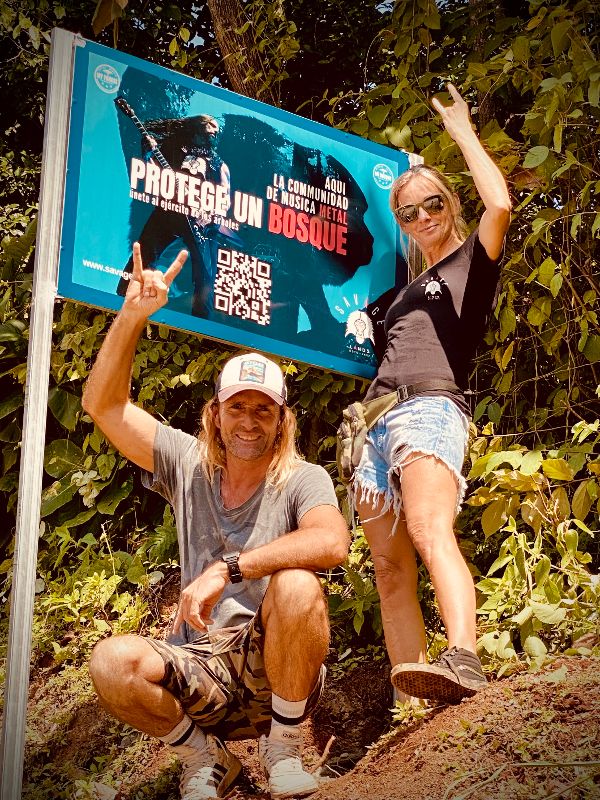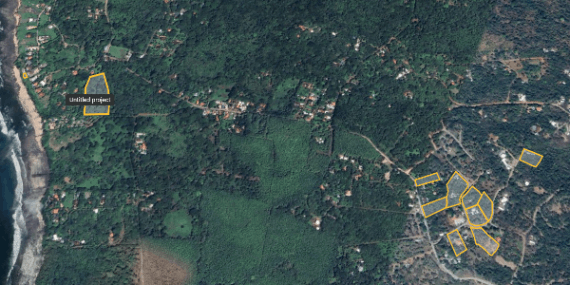Savage Lands began its first projects in Costa Rica by formalizing ecological easements. What does this mean?
We rely on local legislation that allows for joint ownership of a property with other owners. We make a financial contribution to acquire land that has strong biodiversity credentials. In exchange, the other stakeholders in the acquisition grant us an ecological easement.
Specifically, on the first piece of land where we are conducting this pilot operation, we secure protection for 85% of the area by financing less than 10% of the purchase. This agreement allows Savage Lands to become a co-owner to the extent of its investment, while the NGO receives an unassailable guarantee that 85% of the land will remain in its natural state.

Of course, we take this opportunity to assist in the reintroduction of local species. In doing so, we also foster the diversification and densification of a forested area that had been damaged by the various “maintenance” cuts carried out by the previous owners over the past 15 years.
We aim to develop the ecological easement model in Costa Rica. This type of operation is effective from an environmental standpoint. It also carries educational value for property owners and their neighbors. Finally, it is financially optimal, requiring a lower investment than the outright purchase of an entire plot of land. This is what enables us to act in a high-pressure real estate area, where threats of destruction are ever-present.
Of course, we are aware that this is a symbolic achievement. The goal is not to save the world on our own, but rather to offer alternatives so that everyone feels inspired to replicate or support what we are trying to accomplish.

The first areas where Savage Lands operated either in reforestation or sanctuarization. Playa Negra Costa Rica.
